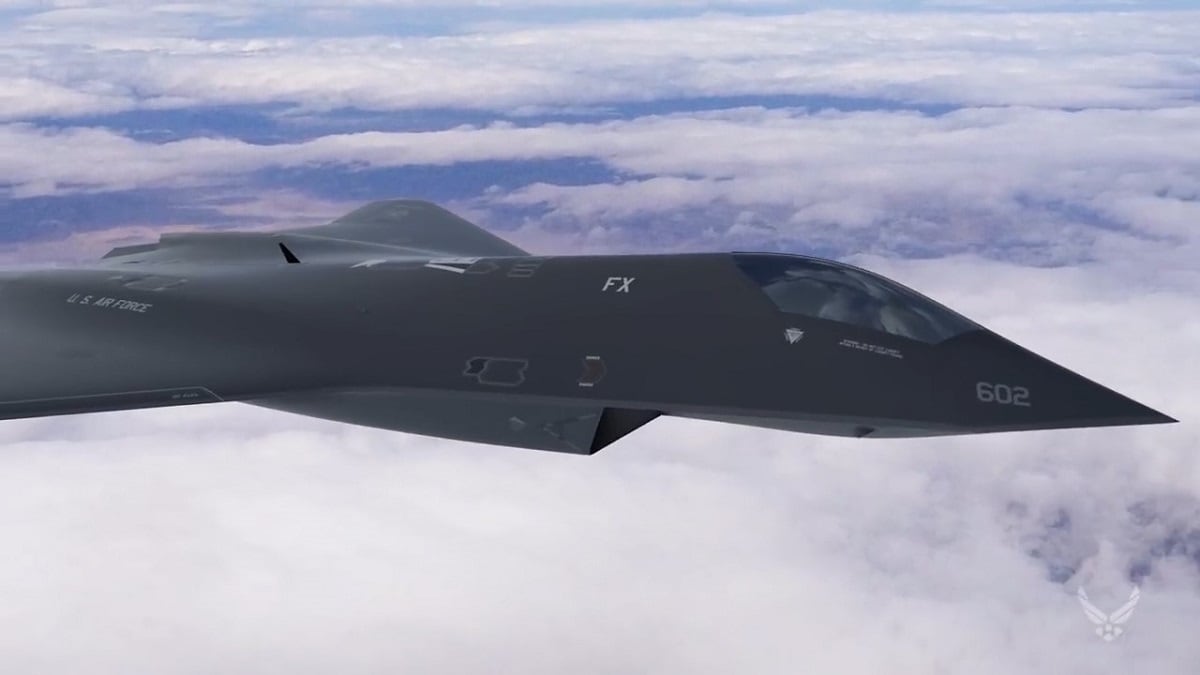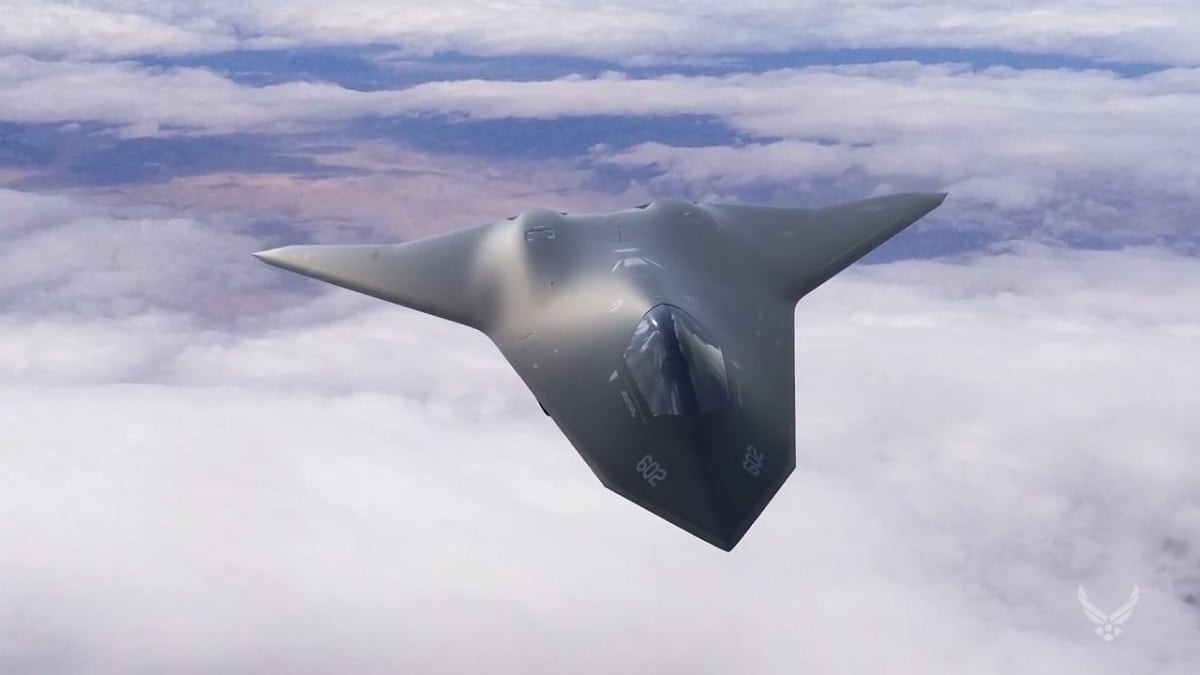OMAHA, Neb. — The U.S. Air Force is taking a gamble on its future fighter, with officials hoping to rapidly produce a family of jets known as the “Digital Century Series” using digital engineering and other technology breakthroughs. On Oct. 2, that effort took a step forward as the service stood up a new program office responsible for developing its next-generation fighter aircraft.
Col. Dale White, most recently the program executive officer for intelligence, surveillance, reconnaissance and special operations forces, will be in charge of the new Program Executive Office for Advanced Aircraft, the Air Force said in a statement.
RELATED

Will Roper, the Air Force’s acquisition executive, said White had been chosen to lead the program based on his out-of-the-box thinking.
“I am turning to this program and to Dale in particular to find a way to bring the best technical expertise that we have to bear, to understand industry’s business case — because if it’s not good for industry it’s not going to happen — to see if there’s a way we can continue innovating, doing things smaller, faster, more agile where you don’t have to necessarily be a company that can build a thousand things to work with us,” Roper said during a ceremony at Wright-Patterson Air Force Base, Ohio. “I have the utmost confidence that if there’s a ‘yes’ to be found in this universe, [White] will find it.”
White formerly held assignments at the Space and Missile Systems Center, the Air Force Research Laboratory, the Headquarters Air Intelligence Agency and the Air Force Rapid Capabilities Office, where he was the senior materiel leader and system program director for the B-21 bomber program.
“The mission placed before our team today will be tough, but is a must-do to keep this nation on solid footing on a global stage,” White said. “We are no longer assured the super power prominence we once held, and we are now forced to reach back to our roots and relearn those attributes that made us the nation we are today. For those that will be part of the new team, thank you for what you’ve done and what you will do.”
As head of PEO Advanced Aircraft, White will oversee not only the development of new airframes, but also a number of subsystems under development as part of the Next Generation Air Dominance program. While the Air Force hasn’t disclosed how it is investing funds for the NGAD program, officials have alluded to parallel development and prototyping efforts that could yield advanced new weapons, engines and mission systems.
RELATED

Defense News was first to report on the Air Force’s new approach to fighter development. Instead of having fighter manufacturers compete for the opportunity to produce a single, exquisite air superiority platform, the idea is to fund the development of multiple fighters using new, cost-saving techniques like agile software development, open architecture and digital engineering, Roper said in a September interview. The Air Force would then choose one vendor to produce a small batch of the most viable aircraft, but keep the other manufacturer on contract to continue iterating on its design.
The benefit to such an approach? Increased competition among vendors and the ability to field a new fighter jet with the latest technology every five years or so.
“Based on what industry thinks they can do and what my team will tell me, we will need to set a cadence of how fast we think we build a new airplane from scratch. Right now, my estimate is five years. I may be wrong,” Roper said in September. “I’m hoping we can get faster than that — I think that will be insufficient in the long term [to meet future threats] — but five years is so much better than where we are now with normal acquisition.”
White’s first task will be to create an acquisition strategy that lays out whether the Digital Century Series is viable and how much it will cost to keep multiple fighter manufacturers — including incumbent primes like Lockheed Martin and Boeing, builders of pieces of fighter jets like Northrop Grumman, and potentially new entrants — continually working with the Air Force on new designs.
In response to follow-up questions from Defense News, Roper said he would like to see an initial strategy in six months, with a final strategy coming three months after that.
Valerie Insinna is Defense News' air warfare reporter. She previously worked the Navy/congressional beats for Defense Daily, which followed almost three years as a staff writer for National Defense Magazine. Prior to that, she worked as an editorial assistant for the Tokyo Shimbun’s Washington bureau.








